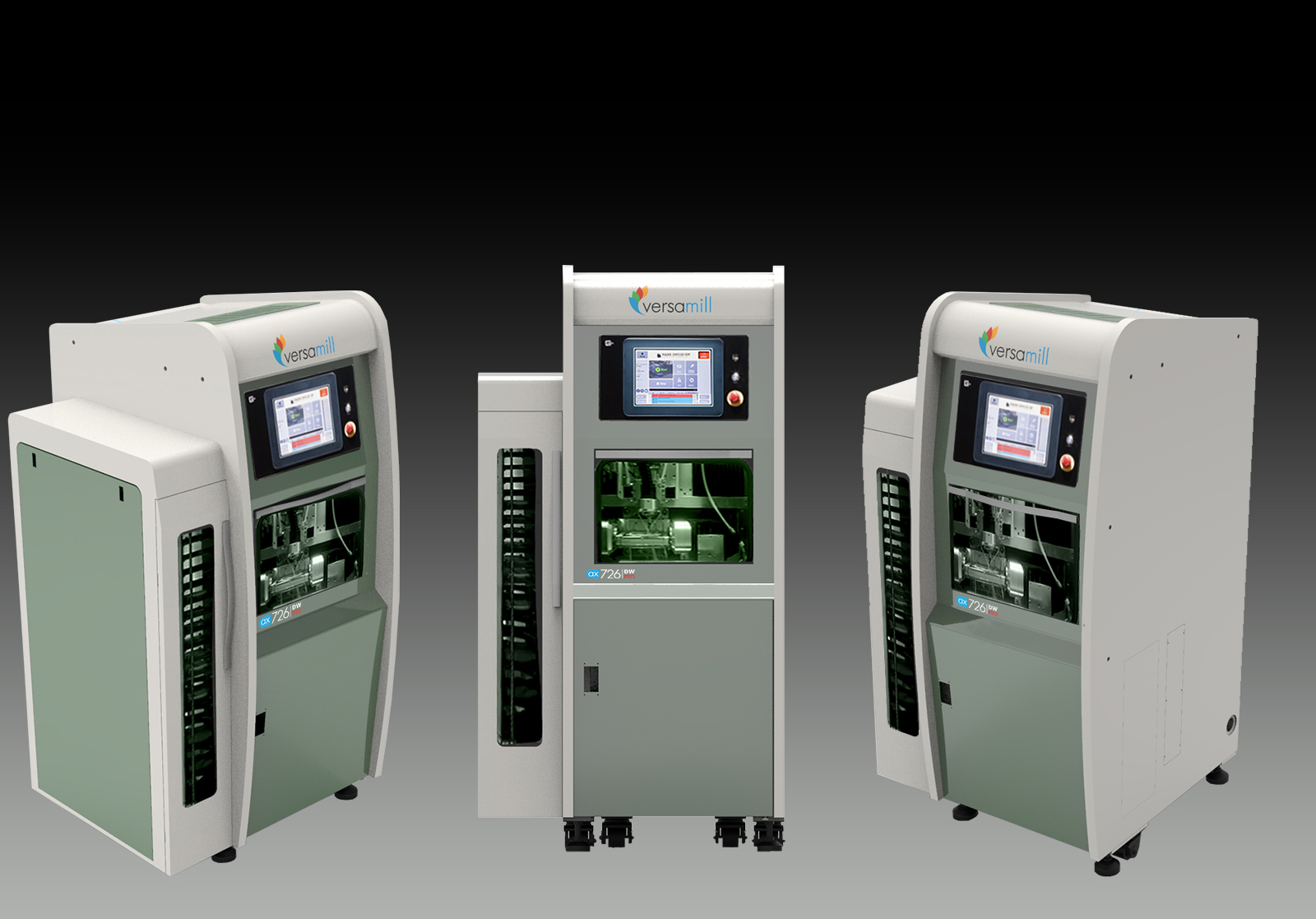brayks
Well-Known Member
Sponsors
Full Member
- Messages
- 805
- Reaction score
- 277

Today there is a wide variety of CNC dental machining centers available to suite a variety of needs and choosing the right one for you can seem to be a daunting task. Knowing the construction characteristics of these machine tools and how they affect operation, reliability, quality of output and cost of ownership can aid greatly in making an educated decision when choosing the most effective one for a given application.
1.) Spindle Drive:
Generally, the spindle is considered the heart of the Dental Machining Center (***). The spindle holds the tool and performs the material-cutting operations. The spindle must have low, consistent runout, stiffness, rolling torque, low heat generation, and thermal stability. Electric motors carry both continuous and short-term duty ratings. Machining forces, such as applying a cutting tool to a workpiece, put a load on the motor and the greater this cutting force, the more motor output is
required to maintain RPM. As the motor output increases, so does the motor temperature, Machining processes have to be designed so required power/torque at a speed is less than the available power/torque. When the process exceeds the available power and torque, it overheats the motor -eventually burning it out.
Yes burning it OUT! Obviously not a good thing as it results in a significant expense and loss or production. Additionally, a spindle although rated for a power, rpm and torque specification may not operate at the maximum rating as the spindle driver/controller as set by the machine builder determines these important limits.
2.) Tooling:
Tooling plays an important part in determining operational costs and final restoration quality. Small diameter shank sizes are not as strong, proprietary shank configurations limit selection and affect costs.
3.) Construction:
The highest quality DMCs utilize castings because of their superior overall
strength, vibration damping characteristics and low cost. Castings should
have uniformly thick walls because variation in wall thickness can cause
cooling and distortion problems. Thin sections can become brittle and cause
distortion when under stress. Some DMCs utilize weldments, which are usually made of steel. In small quantities, weldments cost less than castings and are stiffer and stronger when compared to castings of the same size and weight. Aluminum frames, while offering strength and rigidity provide less vibration dampening than cast
machine frames. However, generally speaking, weldments are stiffer than castings and have less damping characteristics. So, they perform well at low speeds, but at high speeds weldments are more susceptible to vibration and chatter that can cause rough surface finishes, chipped margins and diminished cutting tool-life. Newer materials that are lighter, such as composites, aluminum and titanium, are also used in machine tool construction. These materials can provide significant advantages in the newer higher performance machines. For example, reduced mass makes acceleration and deceleration easier. The use of composite type materials has increased because of high strength-and-stiffness to weight ratios as well as thermal stability.
Learn more questions now!
https://cutt.ly/AXSYS_TOPTEN
Continue reading...

